Herbal Learning
Ultimate Guide to Making Tinctures at Home
Herbal medicine has been used throughout the ages. As long as people have been wandering around this planet, they have been poking herbs in their mouths and solving problems. The art of tincture-making can be traced to the early days of alcohol distillation. Numerous ancient civilizations, among them the Egyptians, recorded their practice of immersing plants in alcohol to craft their own herbal tinctures. Thousands of years later we are still making herbal medicine this way. In Idaho we have a saying “If it ain’t broke, don’t fix it!”
Why Tinctures?
First of all, let’s talk about the benefits of herbal tinctures when compared to other forms of herbal medicine. While you can certainly use powders, capsules, glycerin or teas, tinctures offer several distinct benefits over these alternative delivery methods. One of the main advantages is their shelf life. While dried herbs only have a shelf life of 1-2 years, tinctures have a much longer shelf life. I have tinctures in my cupboards that are 10 years old, and they still work great! The alcohol in the tincture is fantastic at preserving the medicinal constituents for a really long time. So, if you are looking for shelf stable, long-term storage for your herbs, tinctures are an excellent option.
Another advantage of tinctures is that they are fast acting, which makes them especially valuable in urgent situations. If you need an herb to start working immediately, you don’t want to wait around for water to boil so you can steep a tea. Tinctures, on the other hand, are available at a moment’s notice and provide immediate effects. The mouth is highly vascular, so shortly after the tincture makes contact, it is absorbed into the bloodstream. Once a tincture is made and on your shelf, it’s ready for use. You don’t need to take any additional steps to prepare your herbs when the need arises.
Different methods of tincture making:
There are several methods available for making tinctures, with the most common ones being the folk method and the ratio method. To create a tincture using the folk method, you simply take dried herbs and cover them with alcohol. Then, shake the mixture daily for a couple of weeks and store it in a cool, dark place. While this approach works well, I personally prefer the ratio method for its consistency. I want to know that from batch to batch that I am getting the same potency of tincture. By weighing out the ingredients using the ratio method, I gain the reassurance that I will achieve greater dosage consistency in my herbal products.
Choosing the Right Ingredients
We only need two ingredients to make a tincture: alcohol and herbs. Vodka is an excellent choice of alcohol because it is colorless, serves as an excellent preservative, and is quite affordable. While you can opt for other, more expensive alcohols, it’s not a necessity. The herbs don’t care if you are spending more money; they extract just the same, so you may as well save a few bucks!
Now, let’s talk about alcohol proofs for a moment to clear up any confusion. The proof is double the alcohol content. So, if your bottle says 80 proof, that means it contains 40% ethanol, with the remaining 60% being water. For most tinctures, 80 proof alcohol is an excellent choice. I typically don’t go lower than that because using lower proof alcohol can diminish the preservative power.
In some cases, you may want to choose a higher proof. For example, when tincturing oily herbs such as pine pollen or resinous herbs like frankincense and myrrh, using a higher alcohol content will lead to a better extraction of the medicinal constituents.
One important note! DO NOT USE rubbing alcohol to make tinctures. It is poison if ingested. The only kind of alcohol you EVER want to use for tincturing is beverage alcohol.
The next item you will need is some herbs, and I typically use dried herbs. There are a few rare occasions where you may want to use fresh herbs, as in the case of Shepherd’s purse. My mom is a midwife, and she always prepares her own Shepherd’s purse tincture to bring to births. She insists on using fresh shepherd’s purse because the tincture is a little stronger when it is made with the fresh plant. You can tincture Shepherd’s purse fresh because it has a low water content, but for the most part, using dried herbs is a better choice. This is primarily due to the water content in the plants. Tincturing a fresh herb with high water content can dilute the alcohol to a lower proof, increasing the risk of spoilage.
Herb Preparation
I prefer using powdered herbs for making my tinctures, and there are a couple of reasons for this choice. First and foremost, when you grind the herb into a powder, the volume of the plant in the jar is condensed compared to using voluminous, fluffy leaves in their whole or cut-and-sift form. This means you’ll need less alcohol to cover the herb. Additionally, grinding the herb into a powder increases the surface area available for the alcohol to interact with and extract the medicinal constituents from the herb. Most high-power blenders are efficient in grinding a wide variety of herbs.
There is one downside to using powdered herbs, and that is the straining process. Most people opt to strain the plant material from the liquid after the extraction phase. Powdered herbs are more difficult to strain than whole or cut and sift herbs. The smaller particles tend to clog up your straining cloth. Still, I personally favor using powdered herbs due to the added advantages offered to the process.
The Ratio Method
So, what exactly is the ratio method? Unlike the folk method, where we simply cover unmeasured herbs in vodka, the ratio method involves precisely weighing the ingredients. For the following tincture recipe, I’ll be using a ratio of 1 part herb to 5 parts vodka by weight.
It’s worth noting that there are situations when you may opt for a different ratio. For instance, when working with very potent medicinals like Lobelia inflata, I prefer a 1:10 ratio, meaning 1 part herb to 10 parts vodka. However, for most herbal tinctures, the 1:5 ratio serves as an excellent starting point.
How To Make an Herbal Tincture: The Ratio Method
Ingredients (example ratio):
- 20 grams of herb (1 part)
- 100 grams of vodka (5 parts)
Tools Needed:
- Glass jar with a lid
- Kitchen Scale
- Blender (if needed for grinding)
- Spoon
- Tape
- Permanent marker
Instructions:
- Tare the scale. Position the jar on the scale (without the lid) and reset the scale to zero.
- Add 20 grams of herb to the jar.
- Tare the scale again so that it is reset to zero.
- Pour in 100 grams of vodka.
- Stir the tincture thoroughly until the herb is thoroughly mixed into the vodka.
- Label the jar (not the lid) with the name of the herb, the date of preparation, and the ratio used (in this case, we used a 1:5 ratio).
- Store your tincture in a cool, dark place for several weeks. Shake the jar once a day during this extraction period.
- After a couple of weeks, you have the option of straining the herbal debris from the liquid using a clean cloth. This step is not necessary; you can certainly leave the plant particulates in the tincture.
- Transfer the finished tincture to its permanent container. Consider using amber glass bottles for long-term storage. Amber bottles offer protection against the damaging effects of light, unlike blue or green bottles, ensuring the preservation of your tincture’s quality.
So, there you have it! You now know how to make a tincture using the ratio method. Drop a comment below and let me know what fantastic herbal tinctures you are making!
– Luci Walker, ND
Instructor in the HomeGrown Herbalist School of Botanical Medicine
If you would like to learn more about herbs, consider enrolling in the HomeGrown Herbalist School of Botanical Medicine! We would love to join you on your herbal education journey.
Want To Make a Tincture at Home?
Buy Herbal Powders!
Browse our offerings of highest-quality herbal powder to make your own tinctures at home!
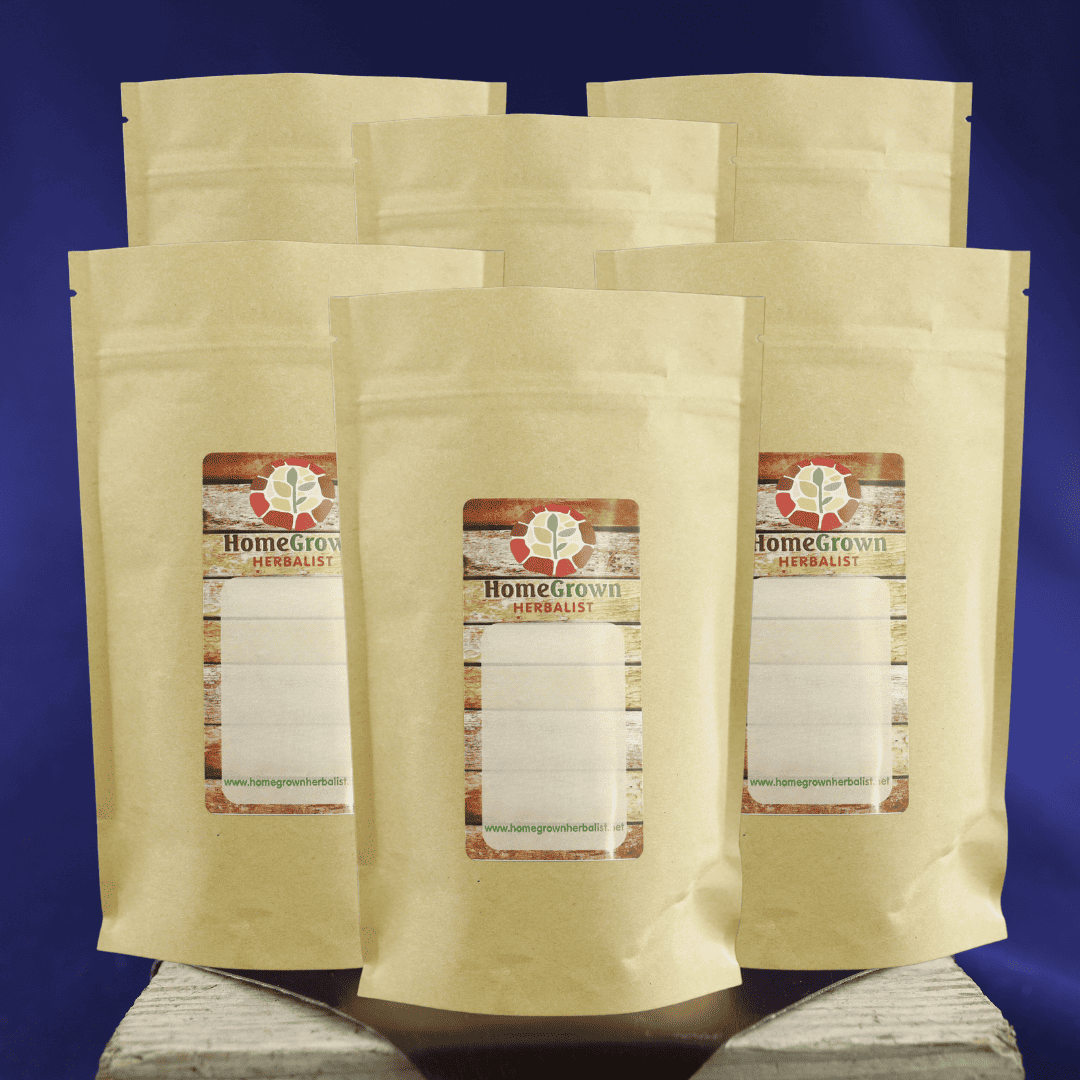

Lifetime Enrollment is Open!
Join Thousands of Learning Herbalists in the Homegrown Herbalist Online School of Botanical Medicine! If you’ve been on the fence, make sure you understand that the school price will never be this low again



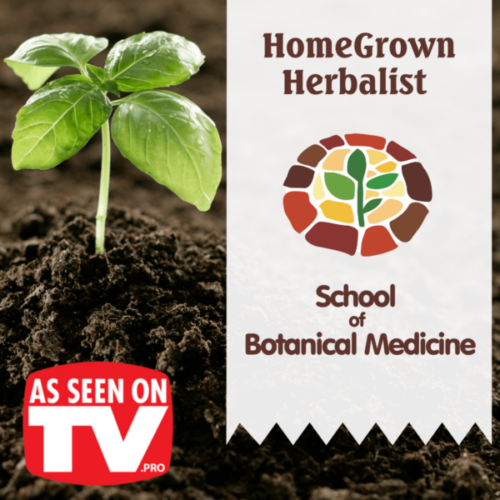
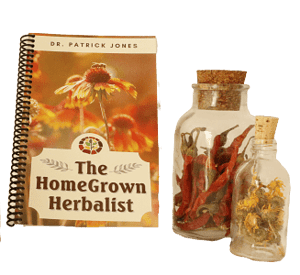

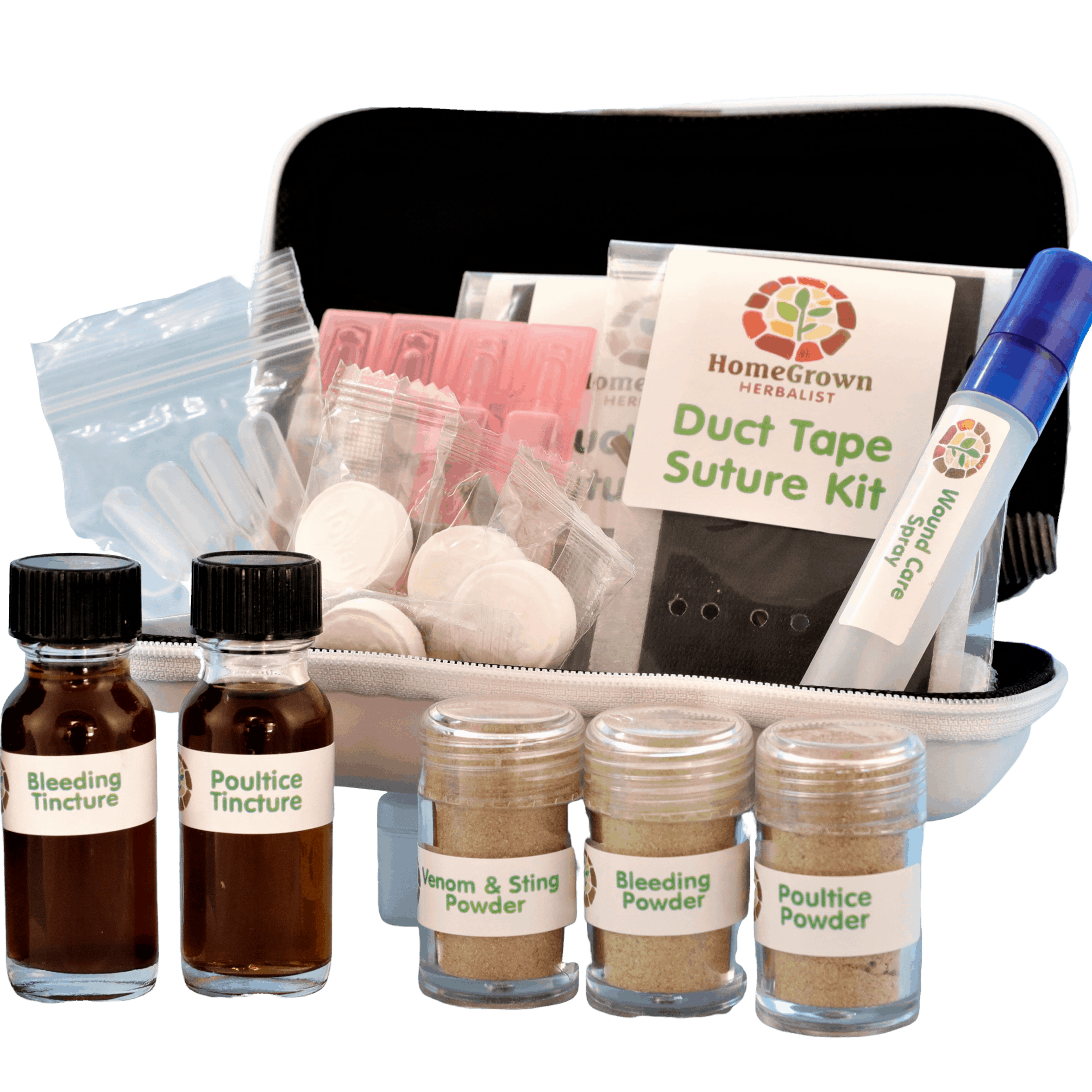
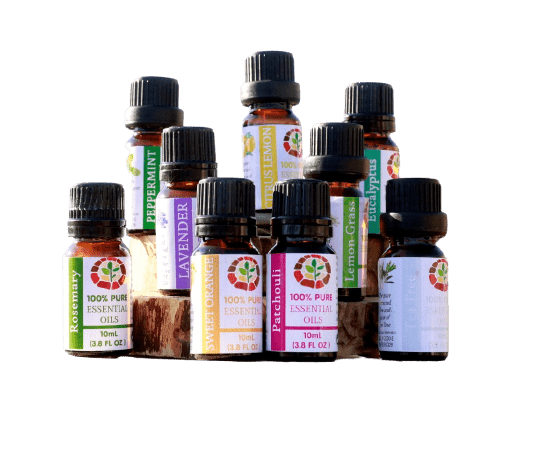
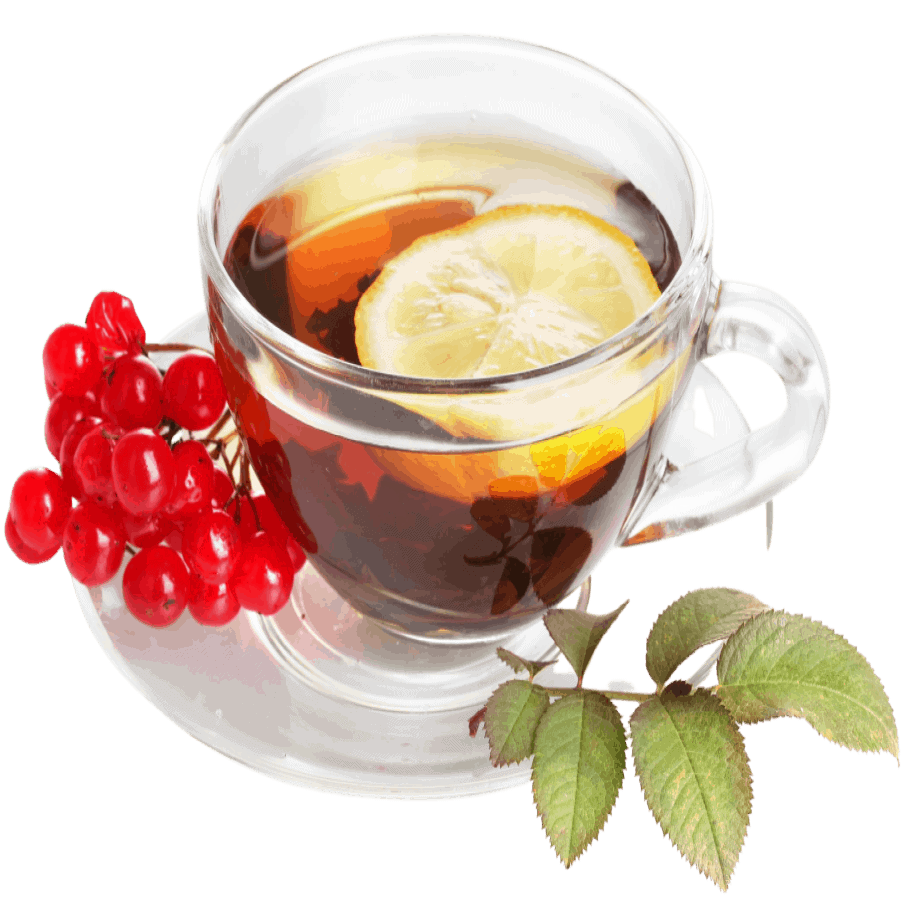
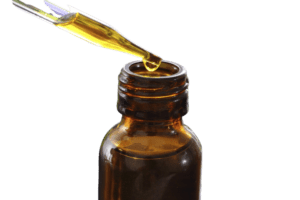
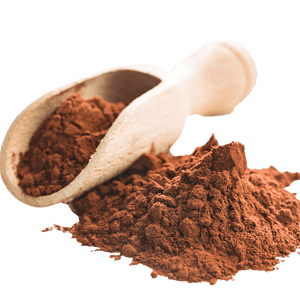
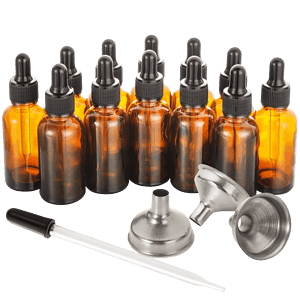

Thank you for such a clear set of instructions. I have some of Doc’s powdered herbs that I was wanting to preserve 🙂 Perfect timing!
Hi Vera! I am so glad the instructions were helpful. 🙂 Which herbs are you tincturing?
~Luci
Luci, really enjoyed your tincture presentation! It was so clear, simple and friendly!
I have been making our own herbal tinctures and other natural medicines for years now, but I use the weight to volume or mg to ml ratio. For example when I make our elderberry tincture, I use a 1:4 ratio, so I am able to accurately dose out that there are 250mg/ml. That way I know how much of the herb we are actually getting. Your method of using weight to weight intrigues me as it’d be simpler, but I just do not understand how you would be able to dose it out? I see most of your diseases say take 1/2 tsp or 1 tsp but they don’t say how much of the herb one is actually getting? How many mg or are in that dosage? I would love it if this could be explained to me. Thank you so much!
Great presentation! So clear and understandable. Thank you very much.
I am so glad you enjoyed it. 🙂
~Luci
Great job Luci. I am just starting out with the Homegrown Herbalist School so it is good to have this information in my back pocket!
Welcome Christine! I am so excited for you to dig in and start the school. Be sure to check out the student forum. There are lots of great conversations happening over there about herbs. 🙂
~Luci
What type cloth do you use to strain the powder out of the liquid?
Hi Kellie,
I use a clean, dry, cotton handkerchief. One that is white and doesn’t have any dyes in it.
~Luci
Excellent easy to follow instructions and from now on I’m doing the ratio method!
I’m so glad you enjoyed it. 🙂 What tinctures are you going to try first using the ratio method?
~ Luci
Wow, thank you for sharing such clear, wonderful love today!
Hi Charlene,
I am so glad you enjoyed it! Happy tincture making! 🙂
~Luci
Thank You. Your videos are always helpful and filled with information.
Hi Connie,
I am so glad you enjoyed it! 🙂 Happy tincture making!
~Luci
Thank you so much!
You are very welcome Sharon. 🙂
~Luci
Thank you for sharing! Currently I am making my first ever Rosemary and Mullein tinctures. Wish me luck!
Hi Jeanette,
That is wonderful! Good luck with your tinctures.
~Luci
Thank you for this valuable lesson. I was curious about using herbs in powder form.
I make tinctures using Nasturtium, Elderberry, Juniper berries and a few other herbs.
Thank you again and God Bless you for sharing this information
Hi JoAnne,
Juniper is one of my personal favorites. Happy tincturing! 🙂
~Luci
Thank you so much, Dr. Luci Walker!
Somehow, someway, your sincere way of care in informing and instructing; understanding this method a breeze to begin something that before was intimidating.
I cannot thank you enough!
May each blessing that you have given be returned unto you 10-fold. Thank you.
Blessings,
Wendy
Thank you so much Wendy! 🙂
~Luci
Interesting – I’ve been using the folk method of tincturing, but will try this with a ginger/turmeric dried powder tincture.
Hi Jennifer,
I think you will be very pleased with that tincture. 🙂 Great combination! You might consider adding some fresh ground black pepper. Black pepper makes turmeric more bio available and effective. Check out this blog Doc wrote about black pepper. https://homegrownherbalist.net/black-pepper-an-amazing-medicine-thats-nothing-to-sneeze-at/
Luci
Great video, great information. Thanks. Question, Do you only want to tincture single herbs or can you do a combination? I have your combination of Lymphatic support, can I tincture that instead of taking the powder juice?
Hi Sharon,
You can absolutely tincture combinations of herbs. Most of Doc Jones’ formula powders are excellent for tincturing. There are a couple of his formulas that are best taken as a powder for the mechanical benefit of some of the ingredients (bentonite clay and flax seed come to mind).
The lymphatic formula will be great if you tincture it. 🙂
~Luci
great, thanks
Thank you Luci for a very well done presentation!
Marci
Thank you Marci. 🙂 I am so glad you enjoyed it!
~Luci
Thank you Luci for a wonderful informative demonstration. Love your smile!!!
Thanks Luci! Do you have a list of the common herbs to make tinctures with?
I can’t thank you enough. It is like you read my mind. I signed up for the school recently and have been itching to make a tincture or two but felt it might be inappropriate to ask the Doc what the exact formula was to turn his powders into tinctures. So I just decided to go on YOUTUBE and look for the answer and THERE YOU WERE! You made it all so clear and didn’t leave anything out that a newbie might make any blunders with. Thanks again
Great job, Luci, on the video! I’ve got a few unopened packages of dry, powdered herbs that I purchased from you guys. How long will those be good for? They’ve been stored in a dark cupboard. Is it worth tincturing them or should I start with fresh? Thanks!
Awesome instruction! I will correct my tincture making. Do you really need to strain out the powder? I usually don’t. What is the reason for straining the powder? Thank you.
I am excited to make my own tinctures this year.
Thanks Luci, good video.
Wonderful video with very helpful information.
Thanks Luci. I have several tinctures and tried to use the ratio method, but I find most of the time the herbs suck up the liquid. Then I have to add more which then throws off the ratio. Is there anything I can do to get a more consistent result? I love the school so far. Still learning the lingo.
How do we know the dosage? I have adults but also great grand children 10 and under. I do not want to give them to much. Thank you